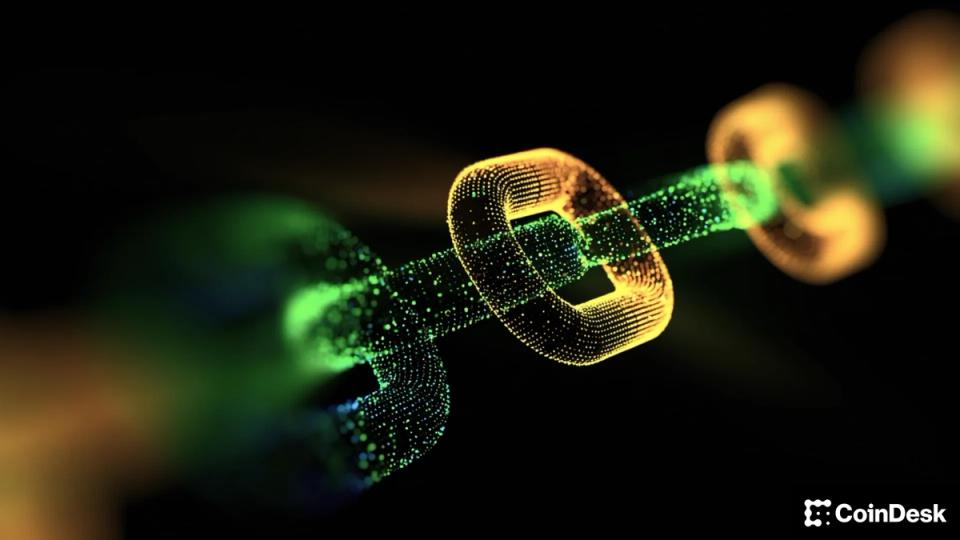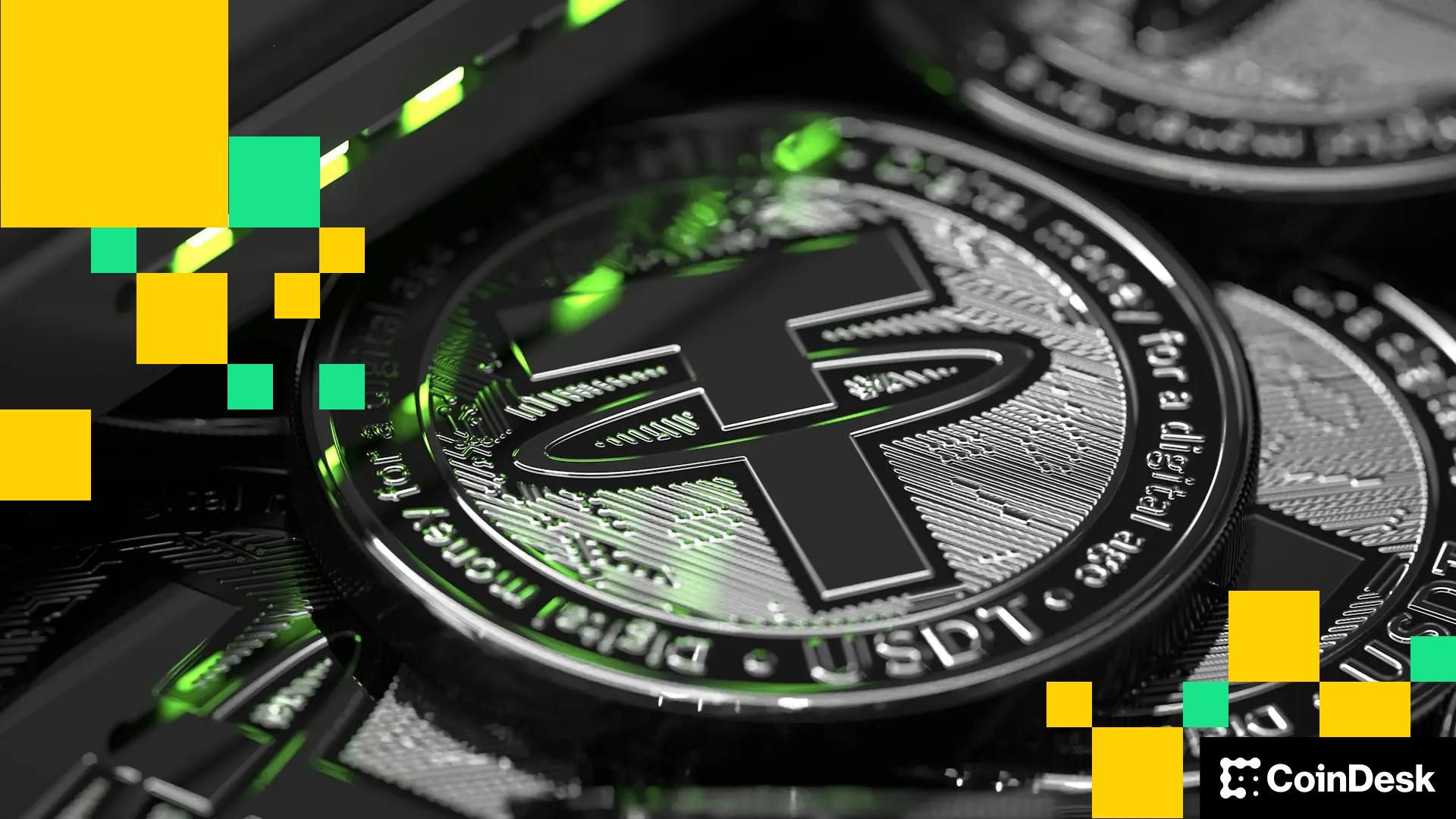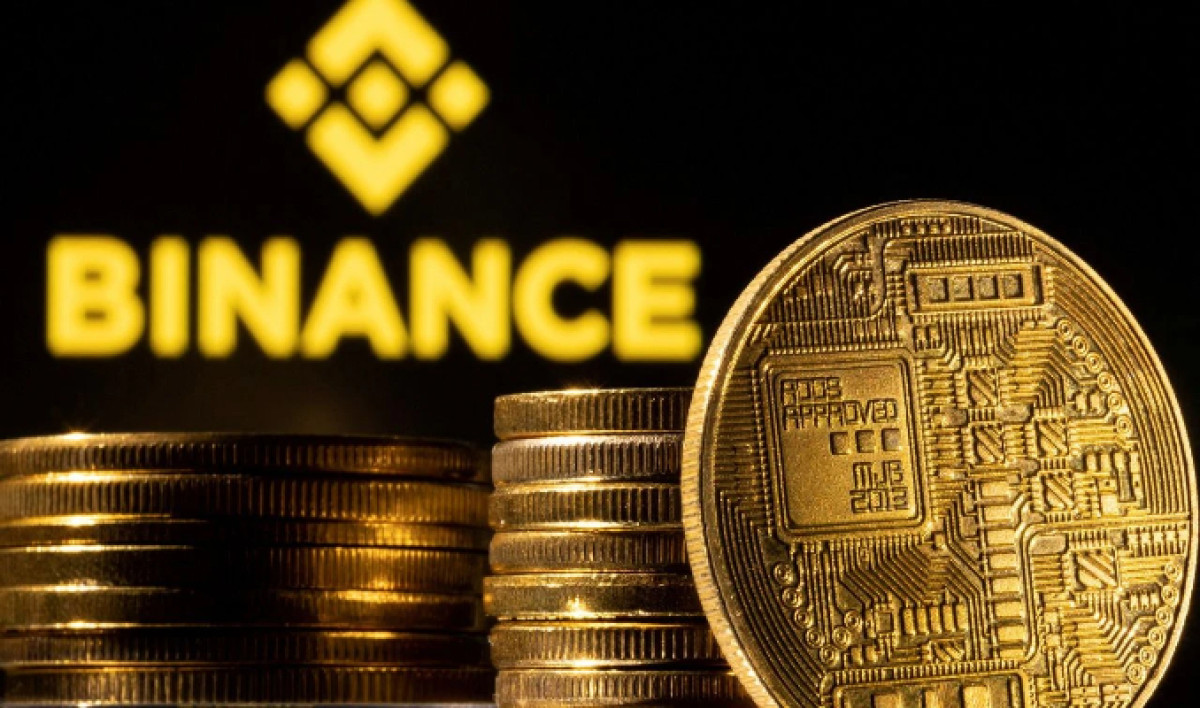Challenges and Solutions in Web3
Imagine a person taking their first step into the crypto world. They have heard promises of managing their own money, accessing global markets, and participating in the new economy. They download a wallet, buy Ethereum, and find an interesting application. Then they receive a message saying: "Please switch to the Base network." What? They quickly start researching, watch a YouTube video, and perhaps they understand the situation, or perhaps they don’t. Most users give up at this point. A study shows that 80% of crypto users abandon their blockchains within 90 days.
The proliferation of powerful blockchains, the biggest innovation of the last decade, has also given birth to the biggest weakness of Web3: the user experience has become extremely fragmented and complex. This situation only attracts the most determined users. The most evident symptom of this success is the humble "Network Change" feature that symbolizes all these problems.
The MetaMask Years and Concerns
A decade ago, while working at ConsenSys, our mission was clear. To introduce the world to Ethereum through MetaMask. Back then, there was only one chain available for MetaMask users. Users could focus on applications, opportunities, and the revolution we were building. MetaMask achieved great success in this connection role, with millions of users and billions in transaction volume. However, witnessing its evolution brought to light the core problem in the industry. When other chains were launched, the "Networks" dropdown menu was not just a feature; it was an admission of failure. Elevating technical expansion above user understanding led to the growth of issues.
With true insight, if we have reached a point where users have to think about chains, we have lost. If users want to use their Ethereum assets in Solana applications, the situation becomes complicated. First, you need to find a bridge. Then connect your wallet and approve the tokens. Pay the transaction fee and wait for confirmation. Change your networks in your wallet, reconnect, and hope nothing goes wrong. Trying to track your assets across three different block explorers is truly mad.
Developers' Struggles
Wallets are being blamed, but they merely expose the underlying chaos. The real disaster lies at the core. Recently, a founder explained the breaking point to me. "We launched on Ethereum and gained real momentum. Users loved it. However, when we tried to move to other platforms like Solana and Sui, we started learning completely new programming languages, tried to connect the chains with reliable large bridges, and had to maintain three separate codebases. Six months later, we gave up on our expansion efforts. Complexity was suffocating us."
This story is repeated everywhere. Teams are spending more time managing infrastructure than developing products. Liquidity is fragmented across chains. Users are confused about which version to use. Innovation is being suffocated under operational burdens. We are forcing users to become their own travel agents on incompatible airlines. Want to switch from Ethereum to Solana and Arbitrum? You need to find the connections yourself. You have to differentiate each leg individually. You must ensure that your assets have arrived.
There is a Solution
The solution requires more than just better wallet interfaces or smoother bridges. We need chain abstraction. Applications must have the ability to interact natively with each chain in a way that makes the underlying blockchain invisible. This technology is available today. Many teams are working towards this. Solutions like ZeroDev that implement Account Abstraction are improving the user experience, while interchain messaging solutions like Chainlink CCIP help move data from chain A to B. Blockchains like ZetaChain, on the other hand, approach this differently, enabling the creation of applications that encompass all major chains, including the Bitcoin network.
Imagine a universal layer that securely connects with all chains. A smart contract manages assets from everywhere at the same time. Users perform a single-click action to convert Bitcoin to Ethereum, invest stablecoins on Ethereum in an application with yields on Solana, or receive payments on any chain. The protocol automatically handles all the complex interchain execution. No moving parts. No changes. No worries about whether you're on the "right" network.
```⚖️ Yasal Uyarı:Bu içerik yatırım tavsiyesi niteliği taşımaz. Yatırımlarınızla ilgili kararlarınızı kendi araştırmalarınız ve risk profilinize göre almanız önerilir.
Web3, user experience, Ethereum, Solana, blockchain




















.png)